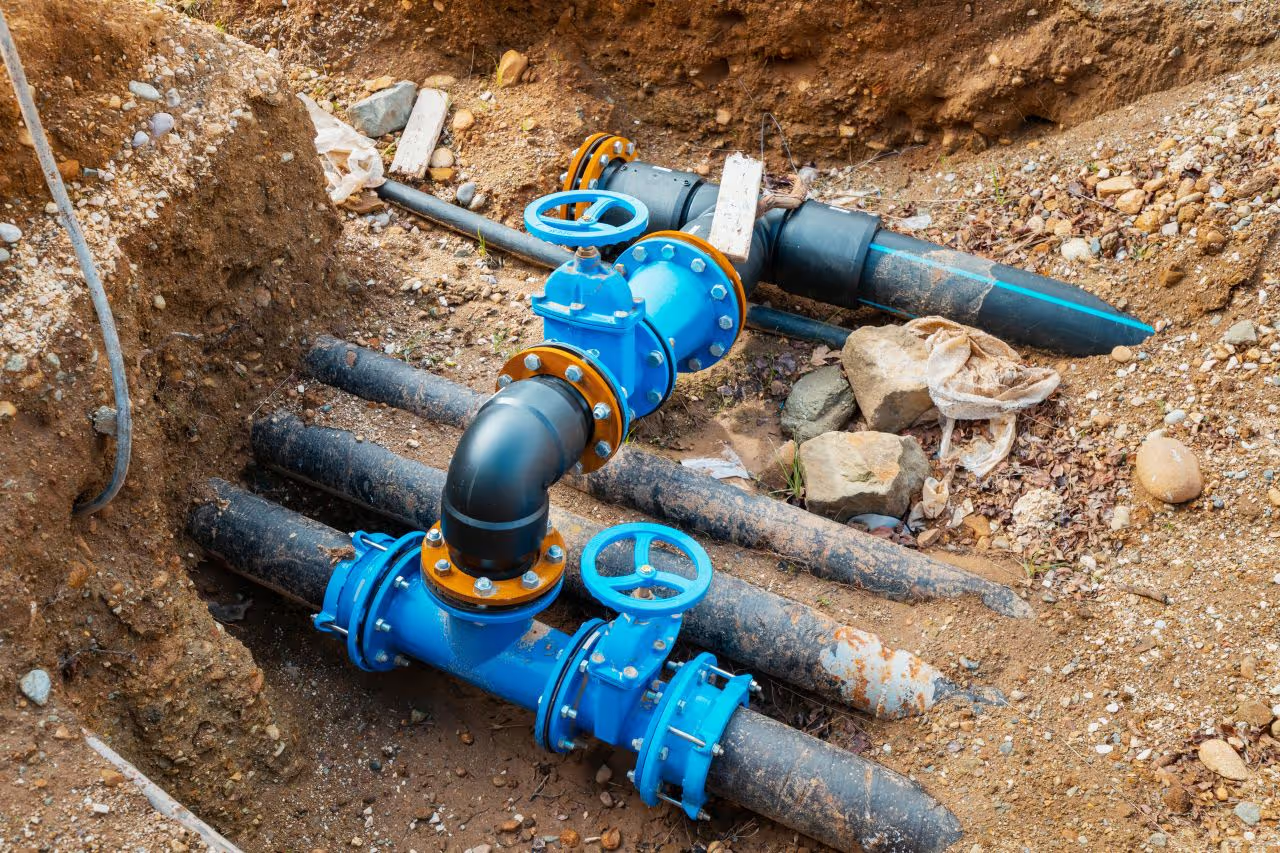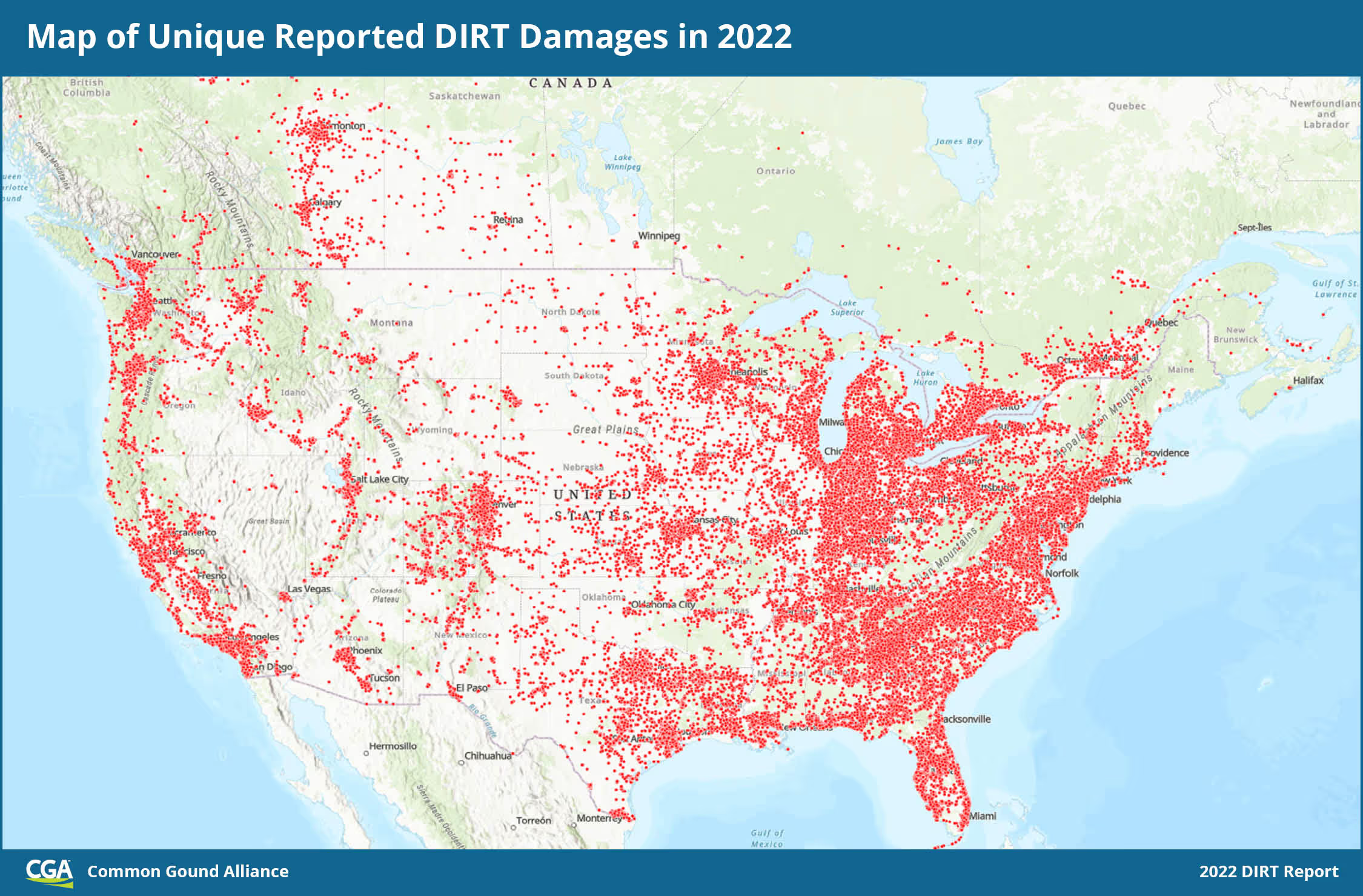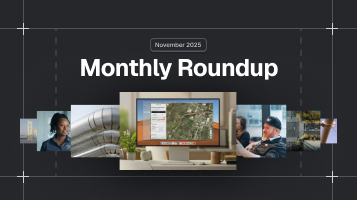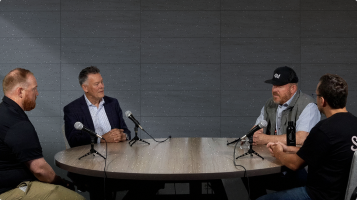Utility Locating Services: Unlock a Safer and More Efficient Construction Process
Written by

Published on
November 16, 2023


Table of contents
You've called 811, and they've marked the ground at your construction site. Are you ready to dig? Or should you hire a private utility locating service with subsurface utility engineering (SUE) professionals to take a second look?
In this post, we'll answer some FAQs about utility locating services — and highlight five reasons why private utility locating services are key to minimizing risks and keeping your project on time and within budget.
Click the links below to jump to what you need:
What is utility locating?
Utility locating is discovering the subsurface infrastructure that exists on your construction or excavation site. Sometimes, it’s simple, such as when power lines are above ground. But often, utility lines are buried and require specialized equipment to locate. These subsurface utilities go beyond water, gas, and power. Today, ventilation systems, internet cables, drainage facilities, and tanks are commonly buried under roadways.
Why is utility locating important?

The problems that can arise from improper utility locating are extensive. In the U.S., there were 213,792 unique reported damages to underground utilities were reported in 2022, according to The DIRT Report from Common Ground Alliance. Breaking a water main or gas line can be dangerous or potentially fatal, while damaging underground power cables can end in electrocution or fires. The cost incurred from the interruption of vital services can also be significant, as liability rests with the crew that damaged the utilities.
What is ground penetrating radar (GPR)?
Ground Penetrating Radar (GPR) uses electromagnetic pulses to determine where utility lines lie underground. A GPR transmitter sends high-frequency radio waves (between 10 MHz and 2.6 GHz) into the ground. The waves pass through objects under the surface, are distorted by conductive and dielectric properties, and return to the GPR receiver. The receiver then reads the signal distortions and displays contrasts between objects along with depth information. For GPR to work, there must be a significant difference in electrical and magnetic properties between underground objects. Because utilities are typically composed of metal pipes, wires, or gas lines, GPR is extremely effective in utility locating — and preventing damage.
What type of GPR equipment is used?
There are many iterations of GPR, from small low-power units to large devices on wheels. The smallest units are handheld and can be pushed along a surface to detect what is directly below it. Larger devices are more akin to a push lawnmower. Some even have extender arms that stretch horizontally, allowing the transmitter and receiver to scan sections several yards wide in a single pass. The unit’s size and power level impact how deep it can detect objects beneath the surface.
How can I determine if GPR is needed for my project?
While other utility locating methods are needed and helpful, depending on the circumstances, GPR is often the best choice for precise utility locating. It produces high-resolution imaging, allowing you to create a detailed map of subsurface utilities — and it can locate metal objects as small as a few centimeters wide. GPR is also faster and more cost-effective than traditional excavation methods, reducing the time and resources required for subsurface investigations. GPR’s effectiveness is limited by highly conductive materials in the soil, such as clay or water, and the amount of saturation in the ground can also impact detection depth.
What happens when you call the number 811?
When you call the number 811, you are contacting the One-Call utility locating service in your state, which is responsible for marking the underground utility lines before any digging or excavation takes place. The call center will ask you to provide information about the location and scope of your digging project, then notify the appropriate utility companies, who will send out professional locators to mark the underground lines. These locators use various methods, such as paint or flags, to indicate the presence and location of the utility lines.
While calling 811 is a necessity and a great (and free) service, it has some serious limitations. 811/One Call may not find abandoned utility lines, and many entities, including secure facilities, federally regulated jurisdictions, national park land administered by the Bureau of Land Management, and even state transportation agencies or DOTs, may have exemptions from participating in 811—meaning they will not be notified of your 811 request. To mitigate risks, it's important to pursue private utility locating to ensure all existing utilities are noted before excavation begins.
What is private utility locating?
Private utility locating is identifying and mapping underground utilities such as gas lines, water pipes, electrical cables, and telecommunication networks that are privately owned (not covered by 811/One-Call services). Professional utility locating experts utilize advanced technology and equipment, such as GPR, to accurately detect the presence and location of privately-owned utilities.
While private utility locating comes at a cost, it's important for preventing legal and financial liabilities because it fills in the gaps of services like 811/One-Call.
What is subsurface utility engineering (SUE)?
Subsurface Utility Engineering (SUE) is a highly specialized field within civil engineering that plays a crucial role in the planning and design phases of construction projects. It involves using advanced technologies and techniques to accurately locate, map, and assess underground utilities and other subsurface infrastructure.
SUE professionals utilize methods such as ground-penetrating radar and electromagnetic induction, as well as non-destructive excavation techniques like vacuum excavation. They must be proficient in interpreting geophysical data and sketches, as well as coordinating with other project stakeholders to ensure the accuracy and reliability of the collected information.
Utility locating services that fall under the SUE heading must demonstrate compliance with industry best practices and guidelines, such as those set forth by the American Society of Civil Engineers (ASCE) and the National Utility Contractors Association (NUCA). These standards ensure the consistency and quality of SUE deliverables, reducing the potential for errors and conflicts during construction.
5 ways utility locating minimizes project risks
Uncovering unexpected utility lines can wreak havoc on construction projects. In fact, the Federal Highway Administration found utility-related issues to be one of the top causes of delays for transportation projects.
Construction teams who take the time and effort to identify all subsurface utilities before breaking ground can avoid costly and dangerous accidents, streamline communication, and enhance overall project efficiency.
And in most cases, calling 811 isn't enough.
"When 811 locators go out and mark utilities, by their standards, they have to be within a significant distance of a utility but don't have to be as precise as SUE professionals are required to be," explains Rusty Wolff, director of SUE at CRIADO & Associates and a guest on 4M's Everything Analytics Podcast. "Utilizing SUE, we try to locate everything. That process includes looking at as built drawings and records, sending guys out in the field, and doing investigations. It's a very tedious process."
While it involves a cost, here are five reasons why you should hire a private utility locator or SUE professional before you dig:
1. Pinpoint potential utility issues before they impact your project.
One of the key benefits of utility locating services is identifying potential issues before they become a problem. Using ground penetrating radar (GPR) and other specialized equipment, utility locating experts can accurately detect and map underground utilities, allowing construction teams to make informed decisions and avoid costly design revisions caused by unexpected utilities.
2. Avoid time-consuming design revisions.
Uncovering an unexpected utility line can significantly delay your construction projects and lead to costly design revisions. When you use a private utility locating service, construction teams can proactively identify and map underground utilities, allowing for more accurate project planning and design.
3. Create safer construction environments by minimizing utility-related hazards.
Accidentally hitting a gas line or electrical cable can have serious—even deadly—consequences. Construction teams can minimize the risk of accidents and create safer construction environments when they know the exact location of utilities and can take appropriate precautions to avoid strikes.
4. Facilitate smoother communication with project stakeholders and utility companies.
Effective communication is essential in any construction project. Utility locating services can streamline communication by providing accurate and up-to-date information about underground utilities, allowing project stakeholders and utility companies to work together more efficiently—and reducing the chances of miscommunication and delays.
5. Experience cost savings by reducing the need for last-minute revisions.
When you invest in utility locating services at the front end, you'll experience significant cost savings in the long run. That's because identifying and mapping underground utilities early on lets you avoid costly last-minute revisions and design changes, saving time and money—and helping to ensure your project is completed on schedule.
Recent blog posts

Our Newsletter
Join 7k infrastructure professionals
Get monthly insights on ways to build smarter, faster and safer with Utility AI.

.avif)




